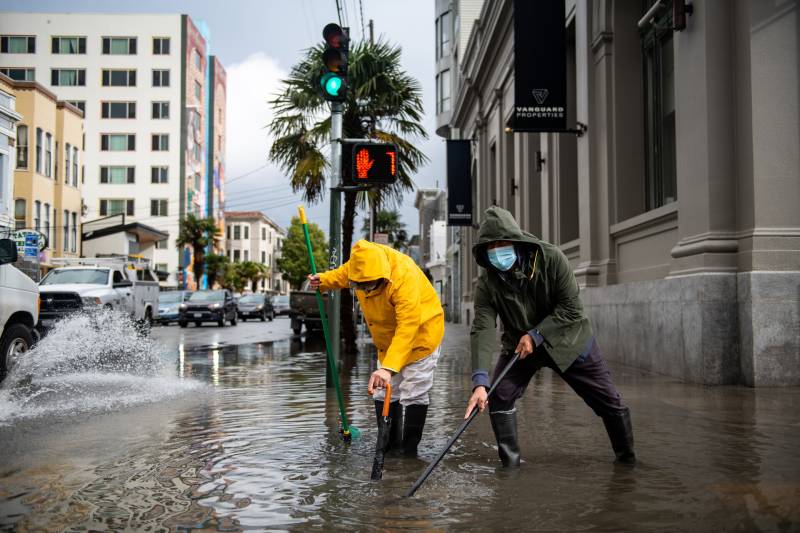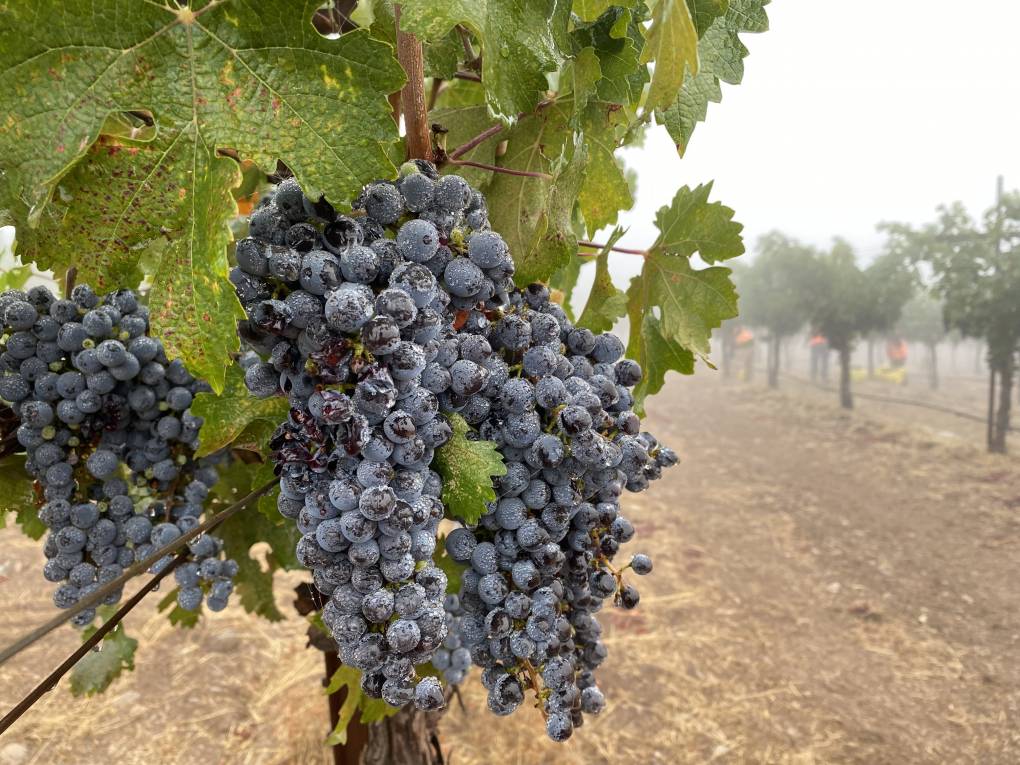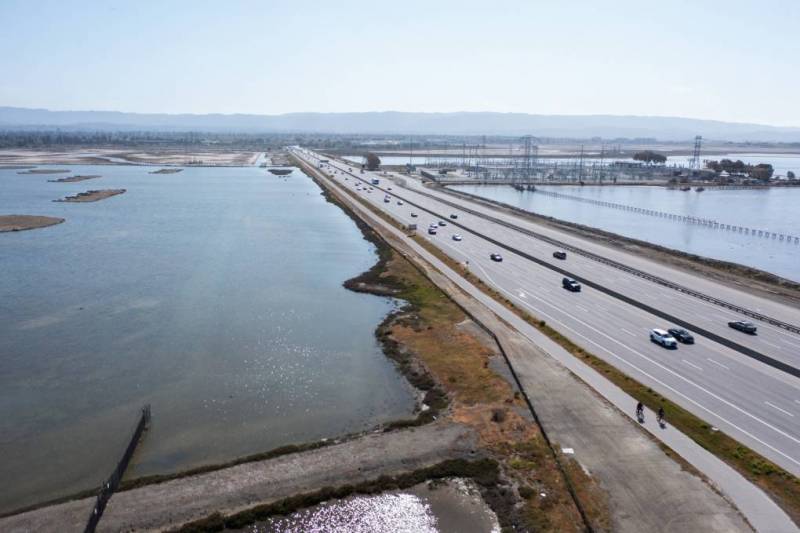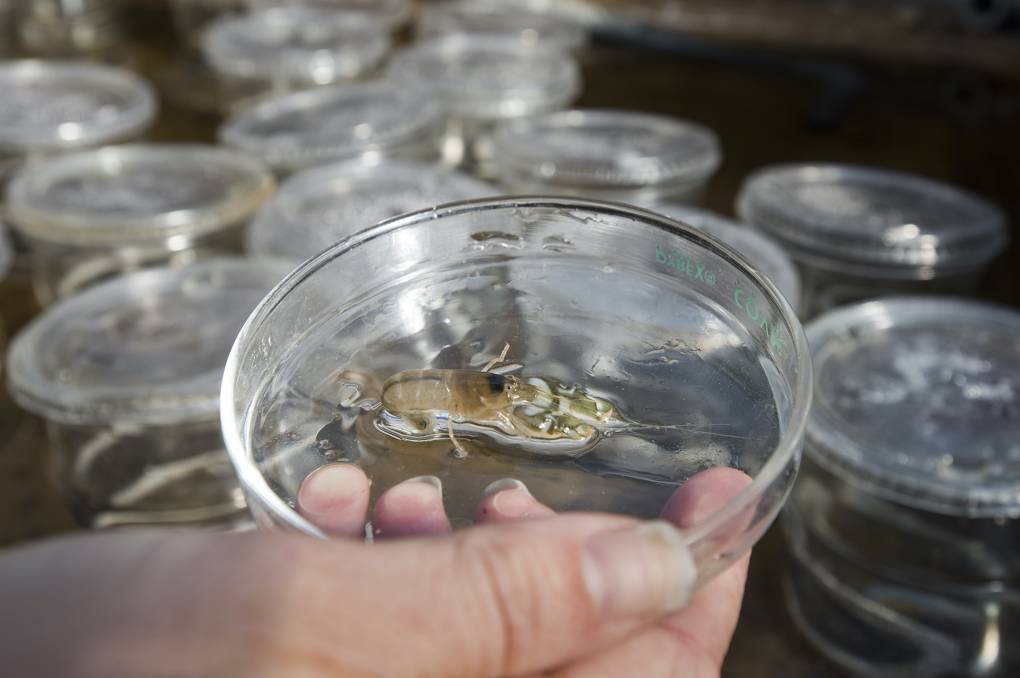Unlike typical climate studies that cover larger geographic areas, this report focuses on only 3 kilometers (just under 2 miles), in an effort to identify which parts of the city are most vulnerable to flooding.
“It enables us to look at extreme weather in ways we hadn’t before,” said study co-author Michael Wehner, a senior scientist at the Lawrence Berkeley National Laboratory. “If you use the old techniques, you’re underestimating how bad the future is.”
For San Francisco, that future periodically brings the heightened risk of intense flooding in a city with aging infrastructure that’s bordered by water on three sides.
“The public needs to know that dangerous climate change is already here,” he said, pointing to the intense atmospheric river storms that battered the city earlier this year. “This is not our grandchildren’s problem or our children’s problem. It’s ours.”
In addition to overall wetter conditions, the study predicts increasingly intense bursts of heavy rain during storms — up to two-thirds wetter by the end of the century — the type of brief torrents that can easily overwhelm sewer systems, swamp cars and cause significant property damage and even loss of life, said Michael Mak, a Pathways water resources engineer.
San Francisco got a preview of that this winter, when massive amounts of rainfall in short periods left thousands without power, turned roads into rivers and downed scores of trees across the city.
If the city does not adapt, “we’re going to see more events like we saw over the past few months, except it might be much more frequent than once every few decades and might be every other year, or it might be multiple times a season,” said Mak.
According to Mak, San Francisco’s sewer system and flood infrastructure, designed to clean and push water out to the bay during storms, simply don’t have the capacity to handle the extreme influxes of water that are expected to become more frequent.
“At first, it was like, ‘Wow, OK, these extreme storms are going to be much more extreme than what we’ve seen,’” said Brian Strong, San Francisco’s chief resilience officer. “Then this past year, we’ve seen some of that come true.”
Strong, whose office helped commission the study, recognizes there are limits to how San Francisco can physically adapt its infrastructure to deal with substantially more rainfall. But he hopes the study will help guide future development decisions.
“We can’t build streets without thinking about where the water is going to go,” he said. “We can’t completely engineer our way out of all of these things. So, we will have to work together and figure out how to do a better job capturing water and reducing runoff.”
New infrastructure, Strong said, can only help so much.
“It doesn’t make sense to keep building a bigger pipe if, ultimately, it’s still not going to be big enough,” he said.



